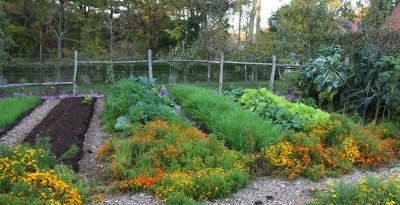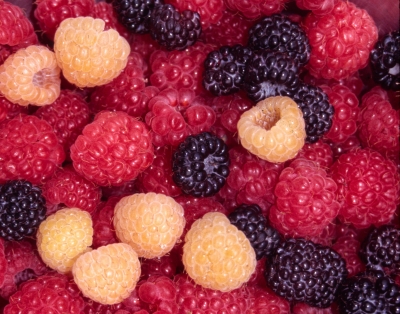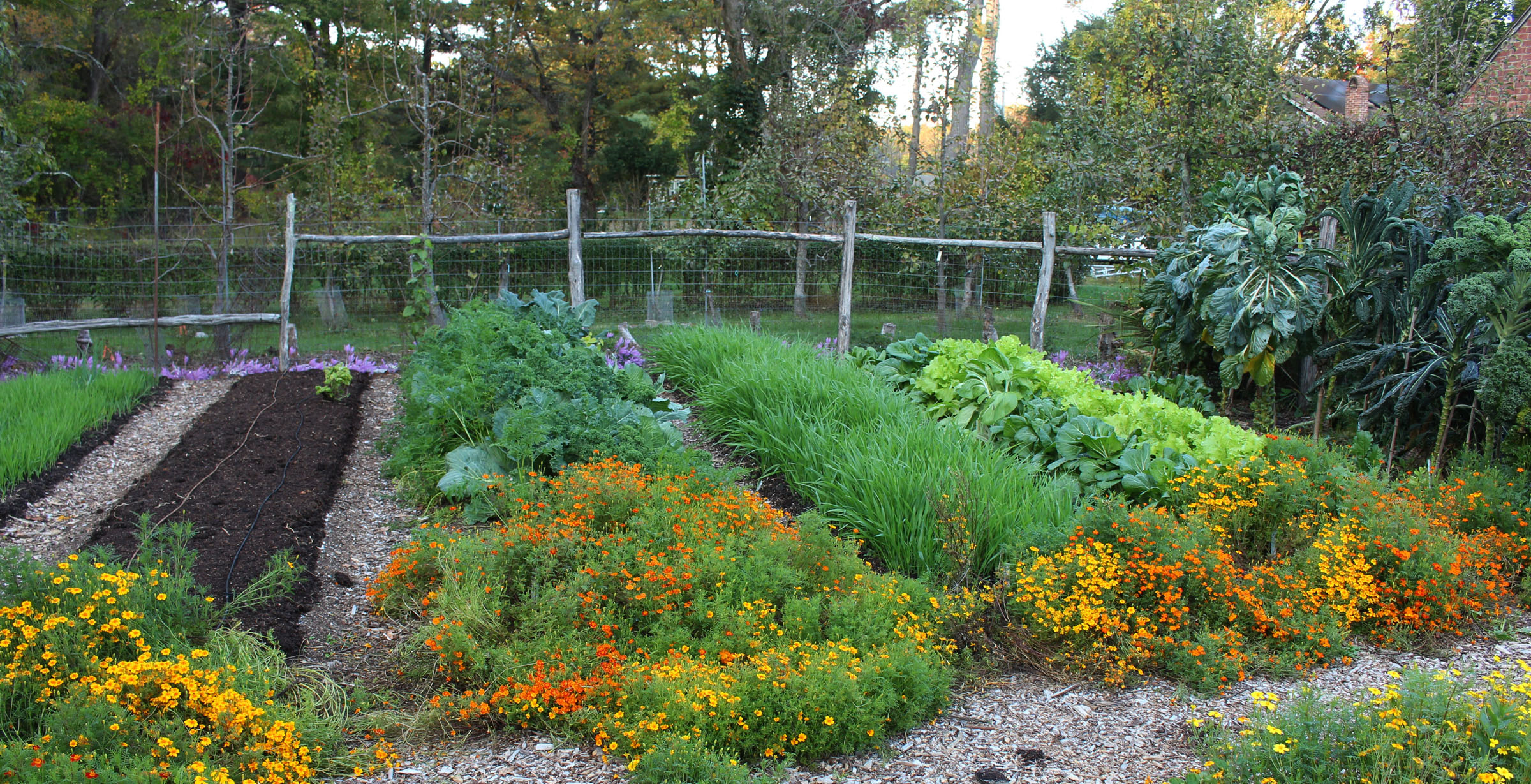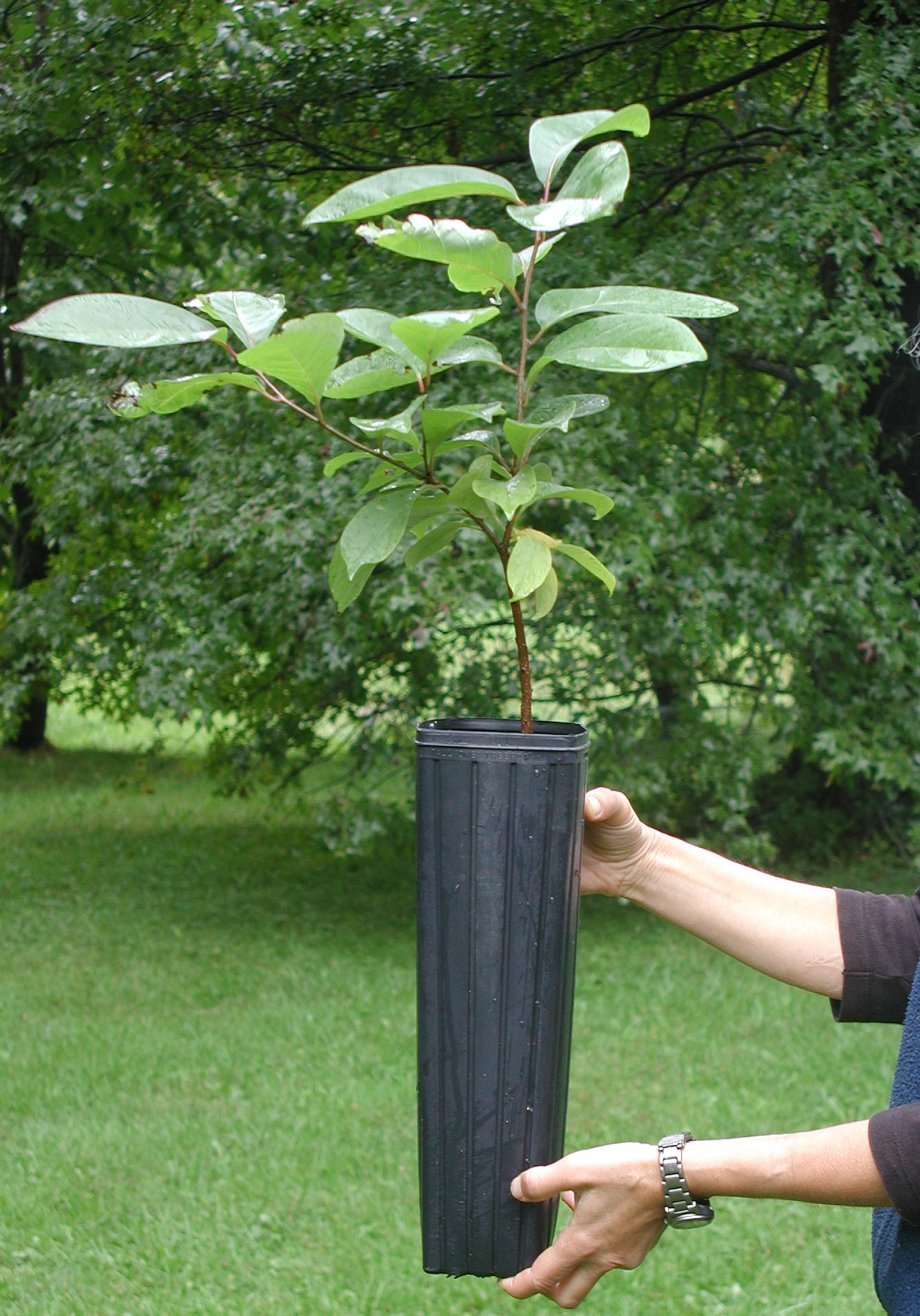AUTUMN’S LUSHNESS
/7 Comments/in Vegetables/by Lee ReichPreparation
How green is your vegetable garden? Mine is very. Summer long gone and frost in the air doesn’t have to bring on a scene of browned and ragged leaves clinging to withered stems.
My garden is green, having arrived at its present state of enthusiasm by, first, my keeping one step ahead of weeds. Especially after midsummer, some gardeners relax their grips on weed control, letting heat loving annuals like lamb’s-quarters, purslane, and pigweed take hold. And then cooler weather brings quackgrass and creeping charlie stealthily trying to . . . well, creep . . . in at the garden’s edges.
Regular weeding forays through summer and early fall took but a few minutes of my time — much less than the heroic effort firmly established weeds would have required. Read more
GILDED BERRIES
/5 Comments/in Fruit/by Lee ReichMaking a Good Impression
When I really want to impress some visitor to my garden, I offer a taste of Fallgold raspberries. Here is a fruit that is truly unique in a number of ways.
First, of course, is the flavor. Many raspberries taste good, especially when picked dead ripe and popped right into your mouth, but Fallgold is perhaps the tenderest and sweetest raspberry around. Here’s a berry that you’ll never find on a supermarket shelf; it’s too fragile to travel much further than arm’s length. Good for fresh eating but not freezing or processing. A university publication, while admitting that there’s currently limited commercial use for this variety, it could become a “gourmet item on the fresh market.”

Raspberry kin
Fallgold berries also have a unique appearance. The pale yellow, blushed orange color of the berries seems to speak out their sweetness and tenderness. Read more
TREES & SHRUBS FOR ALL
/1 Comment/in Gardening, Uncategorized/by Lee ReichTaking Root
Fall is my favorite time to plant trees and shrubs — it’s the best time, in fact, for most of them. Here in cold hardiness Zone 5 of New York’s Hudson Valley, the specific date is October 17th. No, no, just kidding. Anytime around the middle of fall is good.
And that’s one reason I like fall planting. With plant growth ground to a halt and the soil generally in good condition for planting, fall planting is a relaxed affair. In spring, plants are raring to grow so want their roots nestled in their permanent home as soon as possible.
But enough about timing. Let’s see what form trees and shrubs, whether in fall or spring and whether purchased through the mail or locally, are available. You can buy trees and shrubs in one of three different ways.




